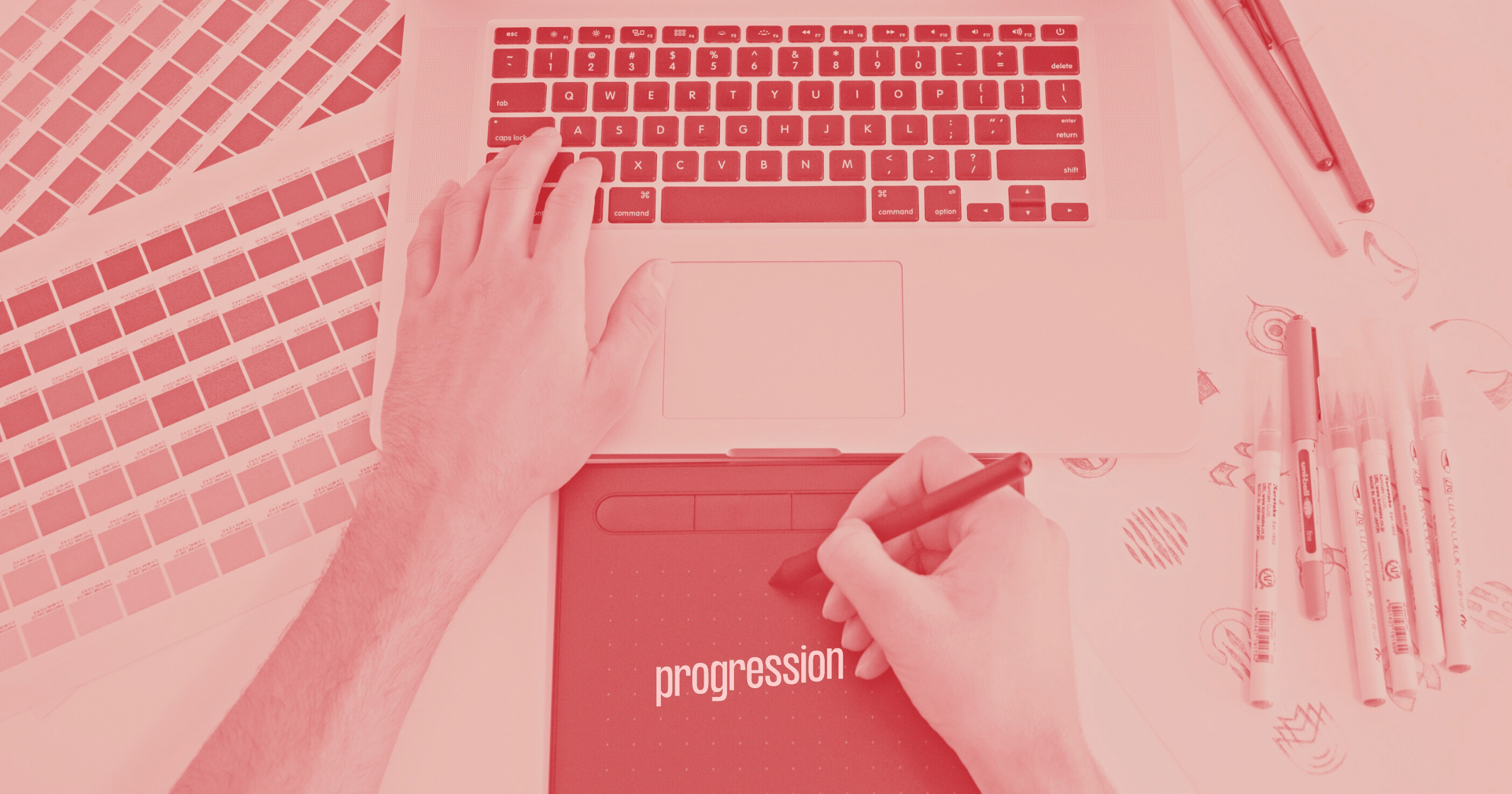HTML, CSS, Figma, InDesign, typography — these craft skills are a given for any designer, but what about non-craft skills?
Non-craft skills, sometimes referred to as soft skills, are the things you can’t always learn in a classroom. The stuff that’s applicable to all professions, but can really help you stand out in yours.
In this blog, we’ll share the top non-craft skills every designer needs to take their career to the next level, as voted for by our very own designers Jesse and Martin.
How many can you tick off?
What are non-craft skills?
Non-craft skills are the personality traits that help people communicate effectively at work, and ultimately succeed. They’re not as easy to measure as craft skills, or as easy to obtain through formal training. But with human skills comes the ability to interact and engage better with your peers, managers and clients, and to increase your efficiency and productivity.
Employers love them too, and actively look for them when recruiting.
Top non-craft skills for designers
Humility
The quality of having a modest or low view of one's importance.
Let's face it. You might be the best designer in the world, but there’s always going to be someone with another opinion. There’s no place for ego here — you need to be open to new ideas and criticism and happy to make changes (flexibility is a useful skill too!).
3 Ways to stay humble
- Seek out feedback
- Collaborate
- Leave your ego at the door.
Add the humility skill to your Progression framework
Empathy
The ability to understand and share the feelings of another.
Without empathy, you’ve got no chance of truly understanding the pain points and realities the people using your product or service face. Which couldn’t be more important when you’re designing a solution for them.
3 Ways to build empathy
- Ask for feedback
- Talk to your user
- Assess your unconscious bias.
Add the empathy skill to your Progression framework
Active listening
A two way communication process. To actively listen is not just to hear but to understand, interpret and evaluate what you hear.
Users, managers, stakeholders, teammates, clients — there’s a lot of people looking at your work, and they’ve all got an opinion. Being able to listen and absorb their feedback is essential to improving both your designs and the way you work.
3 Ways to be an active listener
- Avoid assumptions
- Invite fresh perspectives
- Make eye contact.
Add the active listening skill to your Progression framework
Pragmatism
A way of dealing with problems or situations that focuses on practical approaches and solutions.
We’ve all been there — your manager wants the new designs yesterday, and to make that happen you’re going to need to cut back on some things. Learning to compromise, and finding the most practical solution, is all about pragmatism. With it, you can deliver at pace, and not get hung up on the ideal.
3 Ways to be more pragmatic
- Seek out different perspectives
- Reduce stress
- Let go of perfectionism.
Add the pragmatism skill to your Progression framework
Communication
The imparting or exchanging of information by speaking, writing, or using some other medium.
Communication couldn’t be more important for designers. You need to be able to rationalise and explain your design decisions to engineers, stakeholders and users. And you need to ask the right questions when building out your work.
3 Ways to communicate better
- Listen, then listen some more
- Think before you speak
- Be brief but specific.
Add the communication skill to your Progression framework
Curiosity
An eager desire to know or learn about something.
The learning doesn’t stop when you become a designer or bag your dream job — designers must commit to lifelong learning. Keep seeking out inspiration, question the status quo and stay open to new ways of working and designing.
3 Ways to spark your curiosity
- Never settle
- Ask questions
- Let your mind wander.
Add the curiosity skill to your Progression framework
Systems thinking
A way of making sense of the complexity of the world by looking at it in terms of wholes and relationships rather than by splitting it down into its parts.
Designers can’t work in SILO — they need to take a holistic approach and consider how their designs connect and work in different places.
3 Ways to build your systems thinking skill
- Get to the root cause of the problem
- Talk to people
- Consider the bigger picture.
Add the systems thinking skill to your Progression framework
Remember, non-craft skills are only half the story. There’ll be craft skills that you’ll need to hone as a designer (these will differ depending on your field) and management-specific skills you’ll need to have if you’re responsible for a team.
You’ll find a range of ready-made frameworks for designers in the Progression Library.
How can I improve my non-craft skills?
While non-craft skills aren’t generally acquired through training, you can still learn them. But first, you must be open to changing your behaviours. Ask your manager and teammates for feedback on the non-craft skills you have, and where there might be room for improvement. Then start living them. Non-craft skills are best learnt through actually doing.






